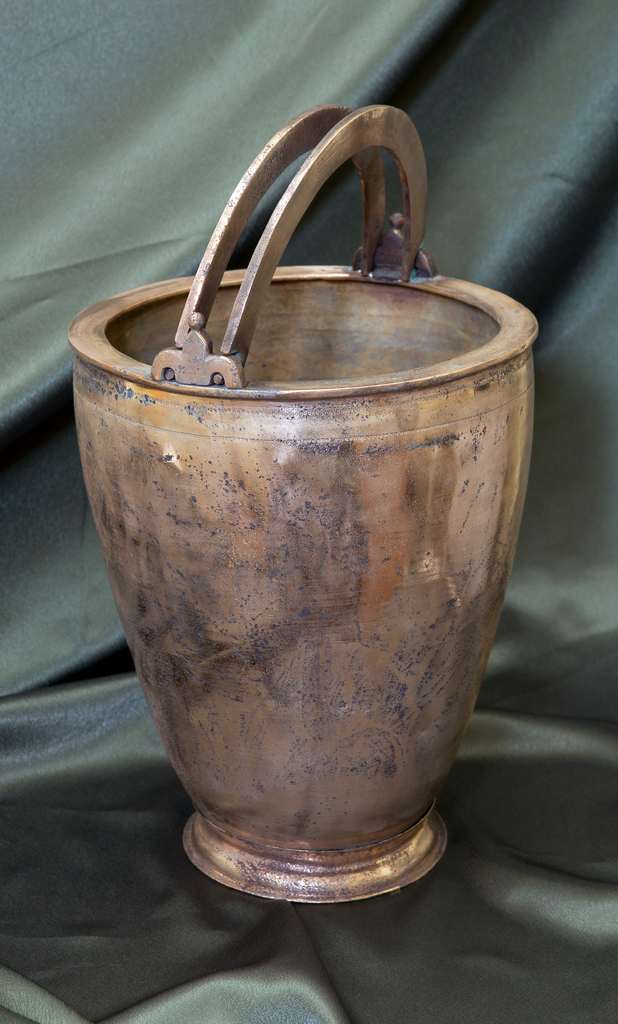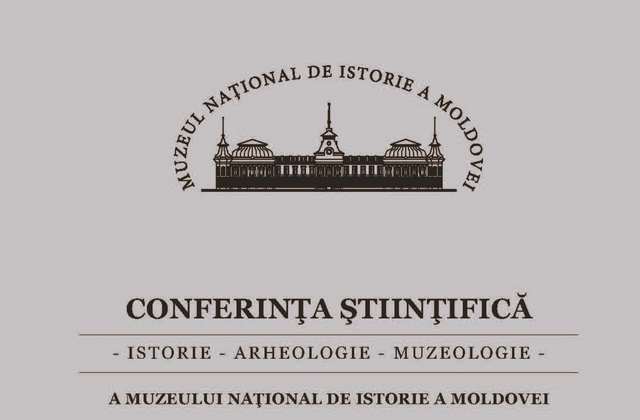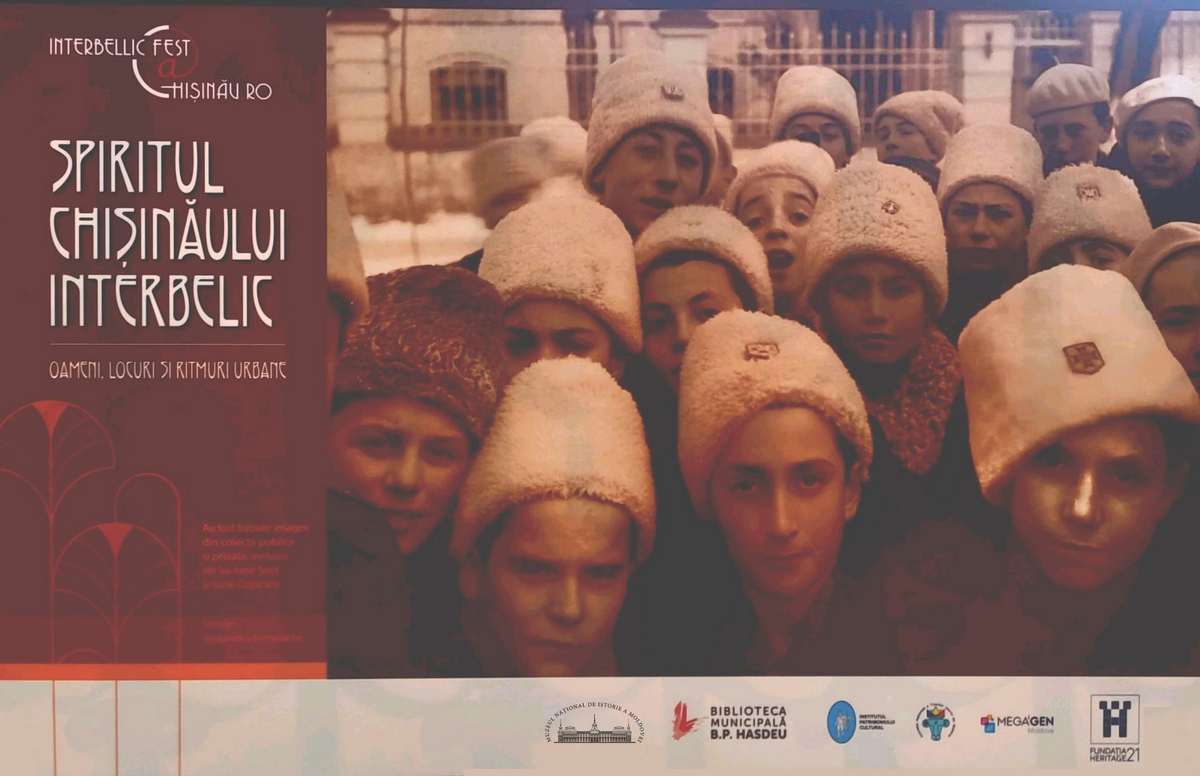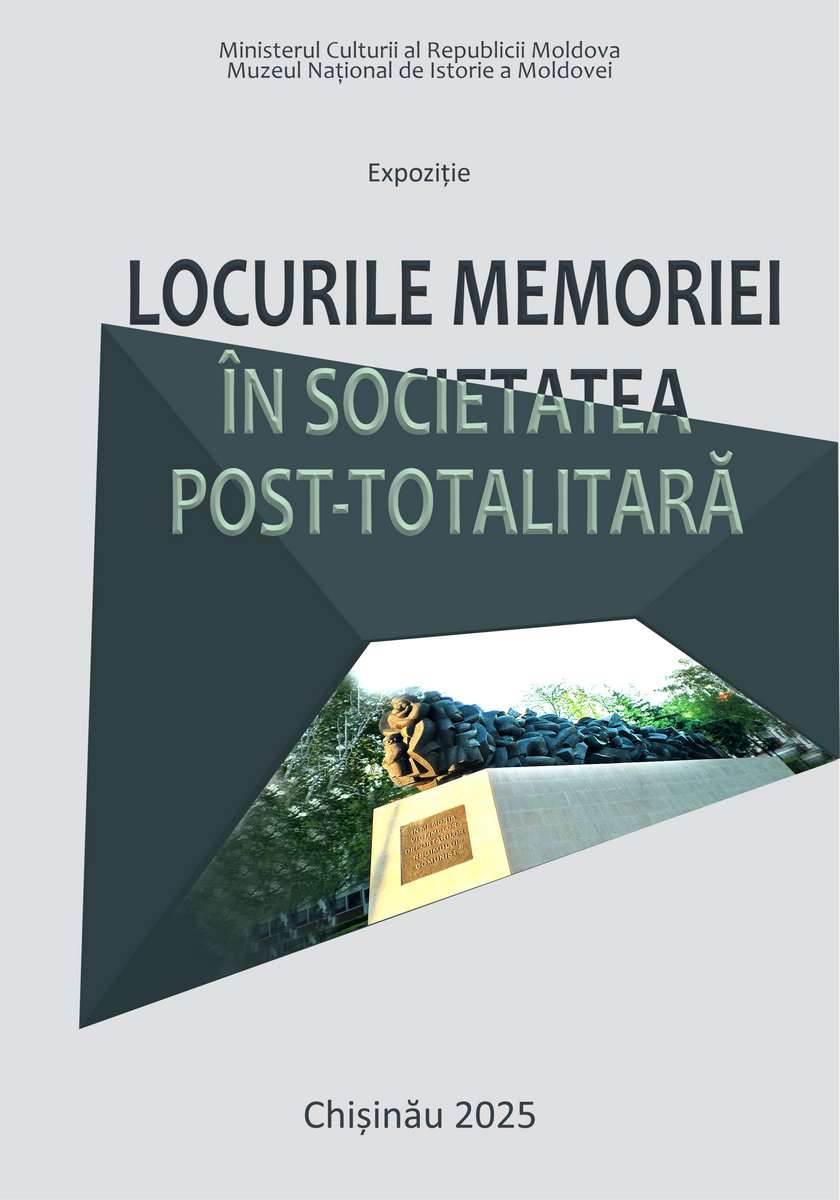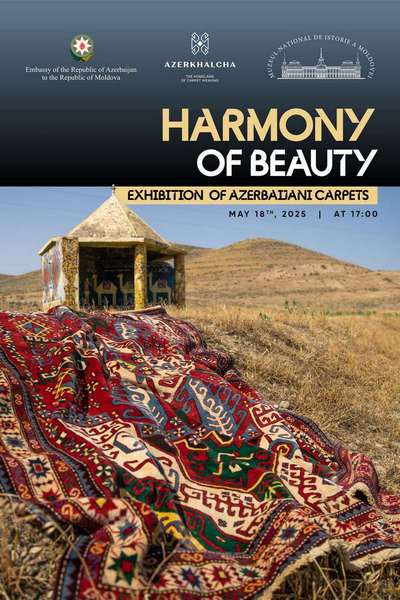Costești archaeological site is one of the most important medieval complexes in the area between Prut and Nistru Rivers. For the first time the settlement situated in the meadow of the Botna River and the fortress located to the north of the medieval town, were published in 1924 by historian Ștefan Ciobanu. Ten years later, in 1934, Teodor Porucic conducted the first excavations at Costești. In the post-war years, archaeological surveys in the perimeter of the earth fortification at Costești-Gârlea and the surrounding area were conducted by archaeologists G.D. Smirnov, G.B. Fedorov, Em. Rikman. In 1954, archaeological excavations were carried out in the area of the urban settlement and the earth citadel which resulted with important clarifications regarding the extent and cultural and chronological aspects of the Costești-Gârlea complex. Other ground surveys were carried out by Nicolae Chetraru in 1956.
Important are the excavations conducted by L.L. Polevoi in 1957 and 1959 at the site of Costești. The researcher presented the results of his study in two academic reports, a few articles and one monograph. In the years 1978-1979, Ecaterina Abîzova resumed the excavations at the settlement dated with the 14th century from Costești-Gârlea, both in the craft sector and in the precinct of the settlement situated in the Botna River meadow. Rescue excavations at the medieval town from Costești were conducted in 1993 by archaeologists N. Telnov and T. Reaboi. Important works were carried out in 2005 by researchers A. Gorodenco and N. Russev, however the results of their research still remains unpublished. The most recent important archaeological excavations, a rescue campaign, at the medieval settlement of Costești-Gârlea were undertaken in 2016-2019 by the National Archaeological Agency.
In conclusion, in the period between 1934 and 2019, a total of 10 archaeological excavation campaigns were organized in Costești. All these studies, however, had more of a salvage character, were limited and far from providing sufficient data to elucidate the overall problems. Archaeological research has shown that the medieval town from Costești-Gârlea consisted of several sectors, some representing real neighborhoods comprising, among others, public buildings, stone or brick houses provided with a system of water supply through ceramic pipes, also deep dwellings, different craft workshops, and other structures. At the periphery of the settlement were identified two (?) cemeteries with burial tombs, a funeral crypt or a mausoleum, and near the town - two fortified sites, whose chronology and significance are not yet sufficiently clarified.
On the occasion of the 65th anniversary of systematic research at Costești, the National Museum of History of Moldova comes to the public with an exhibition in which are presented a series of objects that have been discovered during the archaeological excavations. Most of them were restored by the specialists of the National Museum of History of Moldova. The originality of the exhibition is that most of the pieces are exhibited for the first time, although they were previously researched and made known to the academic world through different publications. The exhibition includes also a series of images that reflect the process of archaeological research, a few general views of the site and a map.
The exhibition is structured in four sections:
I. Domestic clay pots and household remains;
II. Household metal objects;
III. Coins and adornments;
IV. Construction materials and aqueduct fragments.
In the first section are displayed several clay pots represented by enameled ceramic pots of different colors, spindles, candlesticks, dish holders, etc.
The second section is dedicated to craft objects made of metal. These include several knives, nails and horseshoes, a large metal vessel.
The following section presents a lot of pieces of adornment, especially buckles and rings, discovered on the site, probably of local production. In this section are exhibited coin issues from Costești - Gârlea, minted in the workshop from Costești, as well as other coin types coming from other countries which were discovered on the site, but also some money boxes.
In the fourth section are included different types of construction materials: simple and glazed bricks, but also pipes from the aqueduct or sewage.
The opening of the exhibition was Thursday, 26 September, 2019.
Organizer:
National Museum of History of Moldova
Partners:
National Archaeological Agency
Collector Petru Costin
Curators:
Dr. Anuța Boldureanu, Dr. Ion Tentiuc




